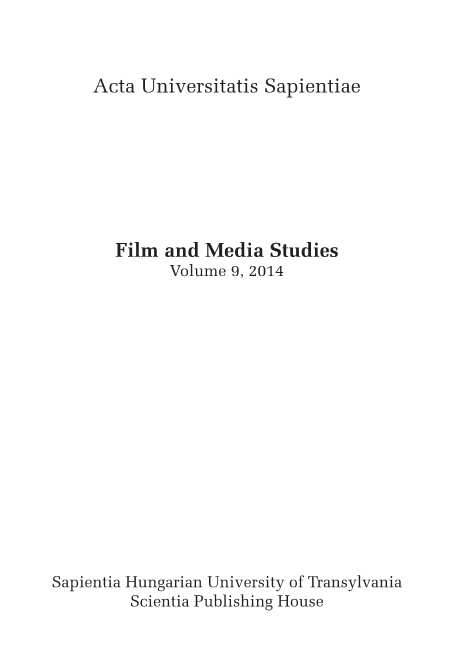Intermediate Images
Intermediate Images
Author(s): Joachim PaechSubject(s): Theatre, Dance, Performing Arts
Published by: Scientia Kiadó
Keywords: image; picture; matrix; technical reproductions of images; digital matrix image
Summary/Abstract: Keynote talk given at the conference of ISIS (International Society for Intermedial Studies) “Rethinking Intermediality in the Digital Age” organized by the Sapientia Hungarian University of Transylvania, in Cluj-Napoca, Romania, between the 24th and 26th of October 2013. (The photos of Joachim Paech illustrating the article were taken by Ágnes Pethő.) Starting from a definition of the word ‘picture’ as a real-world object that shows other objects on its surface as a representation of its image, I propose that the intermediality of pictures of all kinds is only possible through their images, after they have been separated from their material basis or foundation (for example, a painting in its physical reality can never be directly connected with a movie). In all technical reproductions of images, such as printing processes, an image is taken from a negative matrix in order to realize multiple prints of the same representation. The most effective model of this procedure is photography: photographic images can easily be connected with their media forms to produce other, more complex forms, such as magazines, printed books, or films. Intermediate images in the form of matrices – sometimes transparent (e.g. in the light beam of a film projection), sometimes opaque – are required to transform one pictorial media form into another. Finally, for the digital matrix-image, there is no longer any difference between the matrix and the image: the matrix has become its own image, which can be linked to all other media forms.
Journal: Acta Universitatis Sapientiae, Film and Media Studies
- Issue Year: 2014
- Issue No: 09
- Page Range: 31-49
- Page Count: 19
- Language: English

